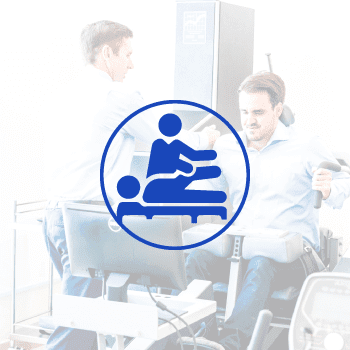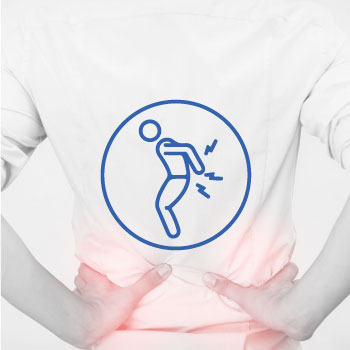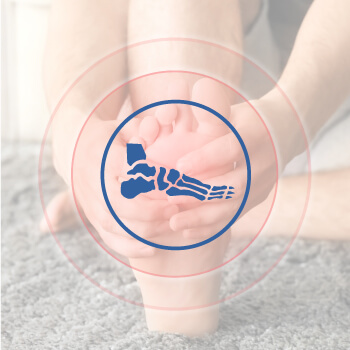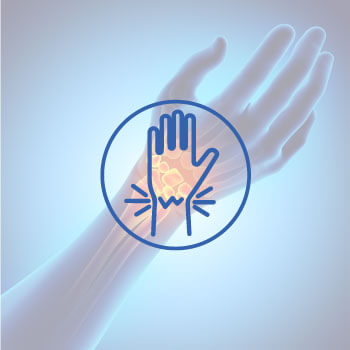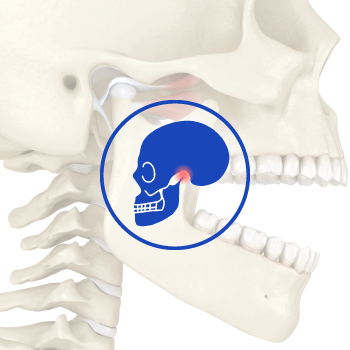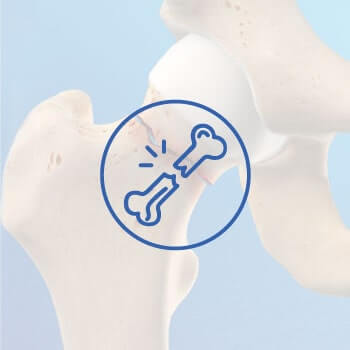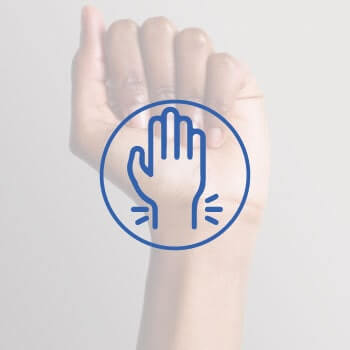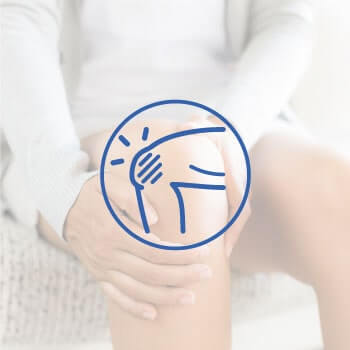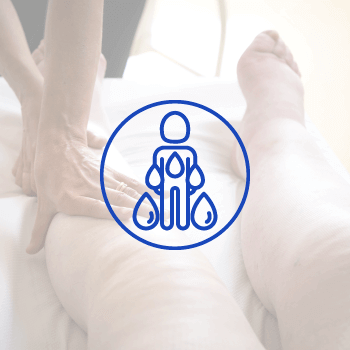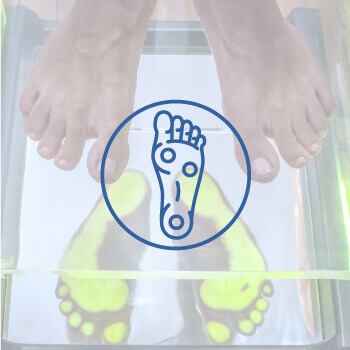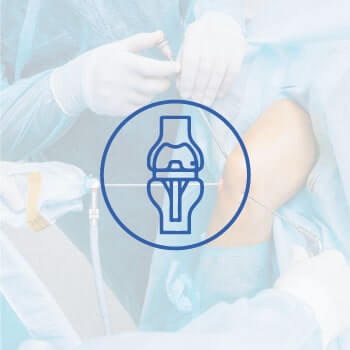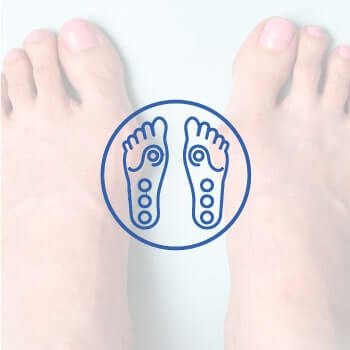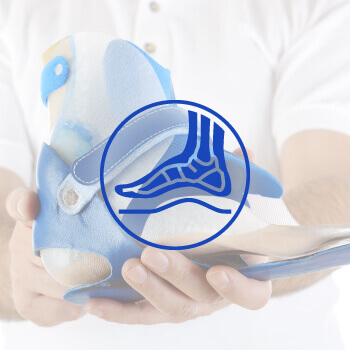SERVICES
Prof. Dr. Leslie Cannon is a UK trained consultant trauma and orthopaedic surgeon. He is an expert in Foot and Ankle Surgery.
Dr. Raul Barrios Martinez is a consultant orthopedic and trauma surgeon. He is interested in spine surgery, sports medicine, knee and hip surgery, as well as shoulder surgery.
Dr. Amjad Moreden is one of the specialist orthopedic, offer services like Trauma: fractures, dislocations, sprains, Treatment of diseases and surgeries of bones, joints, menisci and ligaments.
Dr. Simone Battibugli is a highly experienced pediatric orthopedic surgeon with more than two decades of expertise in managing a wide spectrum of musculoskeletal conditions.
Dr. Zaki Abou Zahr is an American-trained and Board-certified Consultant Rheumatologist with more than 10 years of experience in the United States and the UAE.
Click on the below mentioned tabs to know more about the services.

